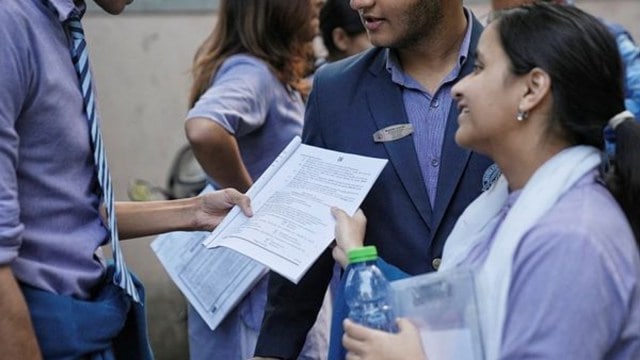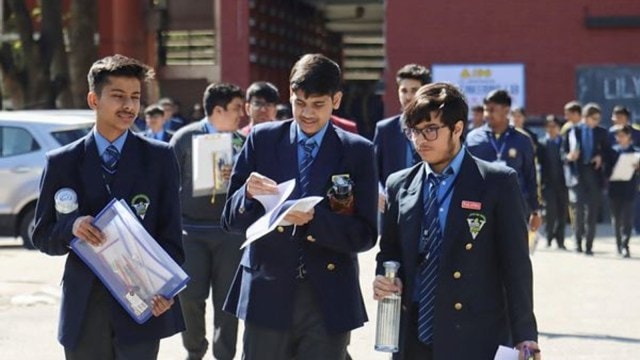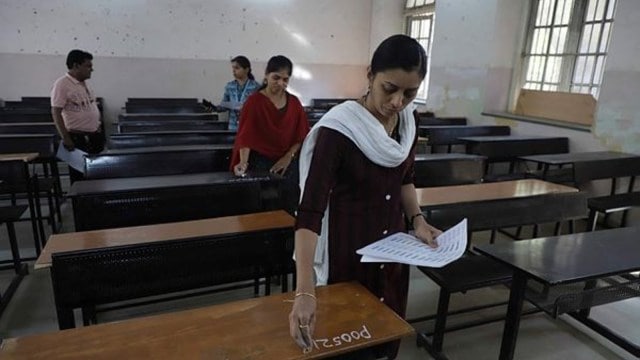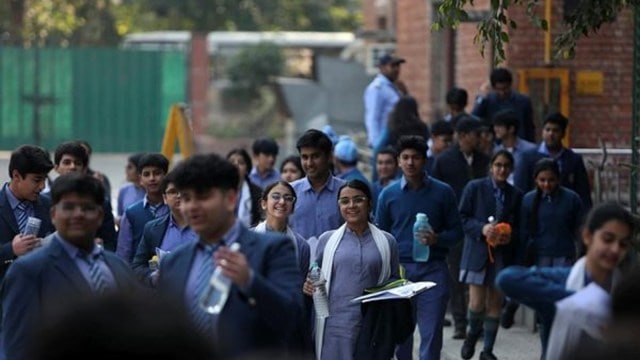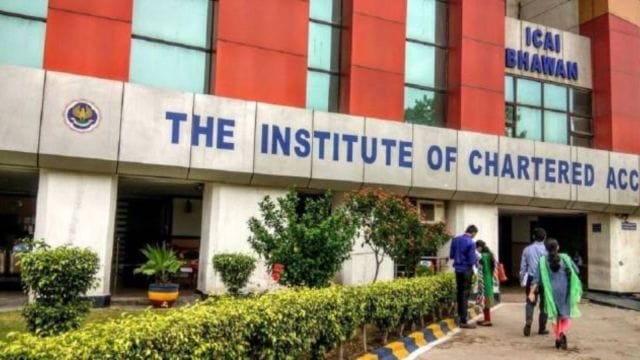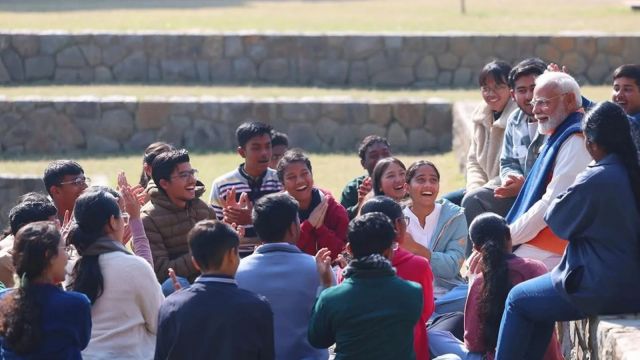
Media literacy: Going beyond what meets the eyeSubscriber Only
(The Indian Express has launched a new series of articles for UPSC aspirants written by seasoned writers and scholars on issues and concepts spanning History, Polity, International Relations, Art, Culture and Heritage, Environment, Geography, Science and Technology, and so on. Read and reflect with subject experts and boost your chance of cracking the much-coveted UPSC CSE. In the following article, Shafey Kidwai, a professor of Mass Communication, underlines the significance of media literacy in the era of misinformation.)
To underscore the critical significance of a free and independent press in India, National Press Day is celebrated annually on 16 November. The day also commemorates the inception of the Press Council of India, which came into effect on the same date in 1966.
Since its establishment, the Press Council of India has come a long way from tackling issues like media ethics and press safety to addressing the challenges of the digital age. The expansion of Information and Communication Technology (ICT) and the rapid spread of information today highlights the growing significance of media literacy in ensuring responsible journalism and countering misinformation.
The deluge of information today compels us to develop resilience against misinformation, disinformation and malinformation. The ubiquitous term disinfodemic, referring to the way information and misinformation are intriguingly juxtaposed made possible by the new ICT, underscores the need for a well-developed response to the pressing social problem.
It raises another pertinent question: How can one ensure an equitable access to accurate and ethically produced texts, messages, videos, visuals and other forms of content in a digital world?
One has to realise that despite the transformative potential of innovations in ICT, they hardly advance the elemental human search for truth. Contrarily, information is increasingly weaponised to breed mistrust, division and intolerance, and its unhindered proliferation jeopardises the larger goal of the well-being of an open and plural society.
In today’s media-saturated culture, truth has become the first casualty. It sets the seal on what Jonathan Swift, the outstanding Anglo-Irish satirist, asserted centuries ago, “Falsehood flies, and the truth comes limping after it”.
In the digital age, lies diffuse quicker and penetrate deeper, often accepted unwittingly by people. The spread of violent misinformation, amplified by information technology and wrapped in plausible modes of expression, often fosters radicalisation that makes diversity, peace and sustainable development avertible.
It is time to pause and understand our information needs, digital rights, and the algorithms shaping how information is presented and disseminated, and finally explore how to navigate the turbulent sea of information. In an era where truth often takes a backseat, concrete facts get smothered by emotional responses, primarily fuelled by social media. The wide-eyed but equally eager information seekers ought to understand who creates the message, what purposes it serves, and what creative techniques are used to make lies indistinguishable from the truth.
The growing acquaintance with the dynamics of the ever-growing media and information technology network has assumed greater importance now. Developing a distinct ability to analyse how political, religious, commercial, and ethnic allegiances affect human sensitivity is essential. This urgently needed skill can only be acquired if one understands and develops a way with media literacy – a widely used but least understood term. Media literacy equips individuals to critically evaluate what is presented by the media as objective truth. It empowers us to find meaning between the lines, not on them.
Media literacy emphasises cultivating critical thinking, enabling individuals to resist being swayed by rhetorical flourishes or polemics (biased arguments). It exposes how both print media and digital platforms have the potential for manipulative persuasion and are often used to further vested interests. To make us sensitive to religious, social, cultural and racial prejudices, media literacy harps on critical thinking so that one can realise that all beliefs and ideologies – whether rooted in religion, nationalism or other belief systems – often carry inherent biases.
Media messages have a profound influence on society, and as renowned media scholar W. James Potter observed that all media messages include four dimensions:
1. Cognitive: What sort of information is being transmitted?
2. Emotional: The underlying feelings that are being conjured.
3. Aesthetic: The artistic beauty and creativity of the design of the message.
4. Moral: The values being conveyed through the message.
These dimensions highlight that the intent of the message goes well beyond what meets the eye. For instance, the sale of adulterated sweets and savoury snack food was made the topic of talk shows on several channels during the recent festive season. However, few can comprehend the subtle nuances of discussions disguised in the idiom of public good.
At first sight, these discussions appear to show concerns for public health, informing viewers of the harmful effects of consuming adulterated sweets and snacks made with unhealthy ingredients. However, during commercial breaks, a leading actor endorses a popular chocolate product, and a prominent actress promotes a well-known snack brand.
It implies that people should shift from traditional festive treats like laddoos, burfi, and samosa to products manufactured by multinationals. Media literacy is of critical significance here as it empowers viewers to look beyond the surface and understand how health discussions at times can be leveraged as marketing tools. By understanding these nuances, viewers can make informed choices and resist being swayed by celebrity endorsements.
The biggest threats to our collective well-being – misinformation, hate speech, conspiracy theories and othering of the marginalised sections – can only be countered through media literacy. Disinformation cannot be taken as fake news as UNESCO has pointed out the inherent contradiction of the term – if the content is fake, it cannot be news. News must be factual, not fictional.
Media literacy initiatives help us recognise how media frame issues, emphasising the significance of sourcing, authenticity, credibility and biases in mediated messages. By fostering critical thinking, online and digital rights and social and emotional sensitivity, media literacy helps create an inclusive, participatory and open society that empowers people.
The dream of global digital citizenship of a world not marred by the toxic ethnicity, religiosity, nationalism, and algorithm-driven ‘truths’ dished out by the omnipotent media can only be fulfilled by media literacy. Media literacy enables one to uncover the obscured truths, question racial, religious and ethnic stereotypes and foster connectedness across diverse communities.
Despite its significance, media literacy is unfortunately not included in the core curriculum across disciplines. One must agree with Internet Matters, UK (2024), which states, “Like reading, writing, and numerical skills, media literacy should form a core basis of education.”
What role does media literacy play in fostering critical thinking?
Can media literacy address issues like misinformation and disinformation effectively? How?
What are the broader implications of the unchecked proliferation of information for the well-being of open and plural societies?
Can the transformative power of Information and Communication Technologies (ICT) be harnessed to counter the weaponisation of information, and if so, how?
“Like reading, writing, and numerical skills, media literacy should form a core basis of education.” Evaluate.
(Shafey Kidwai, a bilingual author, is a professor of Mass Communication at Aligarh Muslim University, Aligarh)
Share your thoughts and ideas on UPSC Special articles with ashiya.parveen@indianexpress.com.
Subscribe to our UPSC newsletter and stay updated with the news cues from the past week.
Stay updated with the latest UPSC articles by joining our Telegram channel – IndianExpress UPSC Hub, and follow us on Instagram and X.

 Posts
Posts Sign up as a Teacher
Sign up as a Teacher